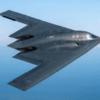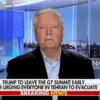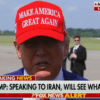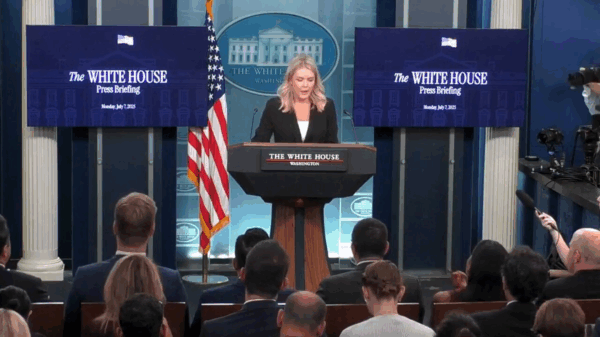According to an NBC News report, Iran reportedly issued a threat via an intermediary to President Donald Trump during the G7 summit in Canada, warning of potential sleeper-cell terror attacks inside the United States if Iran were subjected to military strikes on its nuclear facilities.
The warning was conveyed in the days leading up to U.S. airstrikes on Iranian nuclear targets, including sites at Fordow, Natanz, and Esfahan. NBC cited two U.S. officials and a third person with direct knowledge in reporting the clandestine communication.
“Iran sent a communiqué to Trump in the days before last night’s strikes on its nuclear facilities threatening to activate sleeper-cell terror inside the United States if it were attacked, sources said,” reported NBC.
In response to growing national security concerns, U.S. Department of Homeland Security issued an elevated threat advisory, specifically warning of possible terrorist or cyberattacks linked to the soaring tension with Iran.
Border and counterterrorism officials are now warning about the potential involvement of Hezbollah-linked sleeper cells that may already be present in the U.S. intelligence assessments highlight that a number of these operatives could have entered through unauthorized channels .
“We don’t know who they all are,” said Tom Homan, the White House’s border enforcement chief, stressing the national risk posed by undisclosed Iranian nationals or proxies inside the country.
Former military intelligence experts have concurred, describing sleeper cells as elusive threats—dormant until activated—and capable of launching surprise attacks like bombings or assassinations .
U.S. Customs and Border Protection officials recently warned that CBP records show hundreds of thousands of undocumented crossings, creating uncertainties about the identification and monitoring of potential threats.
While no active operational plots have been publicly confirmed, security agencies continue to actively monitor suspect individuals and organizations. The FBI has reportedly increased surveillance of groups like Hezbollah-linked networks following the airstrikes.
U.S. officials—citing intelligence—warn that sleeper cells could be deployed for a range of attacks, including shelling infrastructure, cyber sabotage, and targeted violence .
In Canada, intelligence agencies are also considering the warning credible. Australian intelligence services raised domestic alerts in parallel, indicating Tehran may target Western nations via covert networks.























